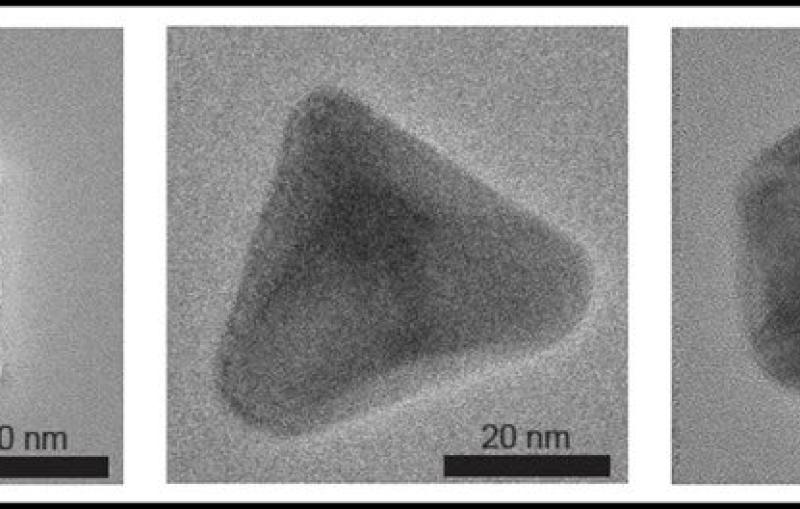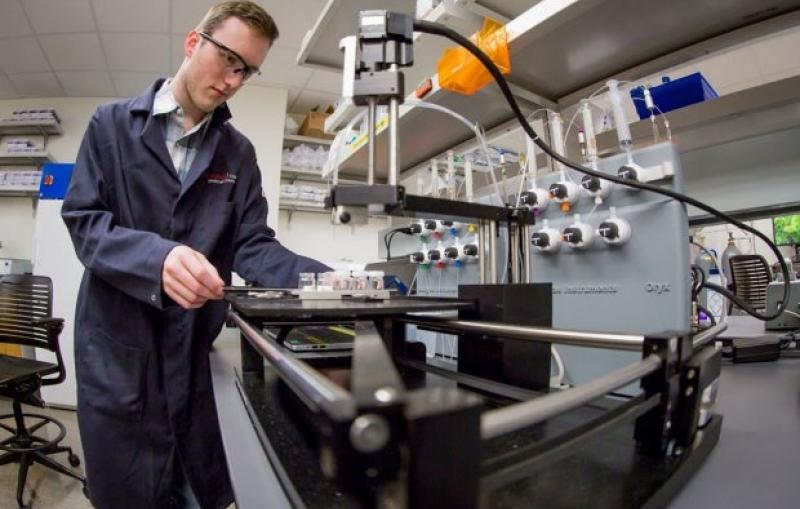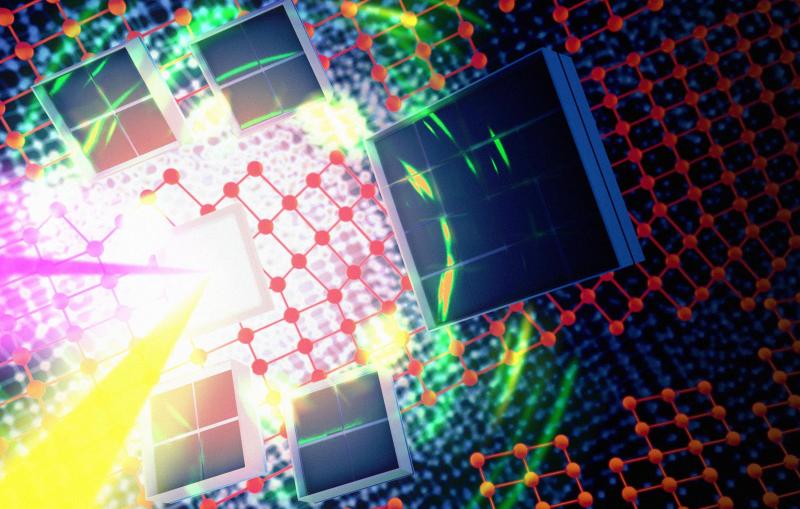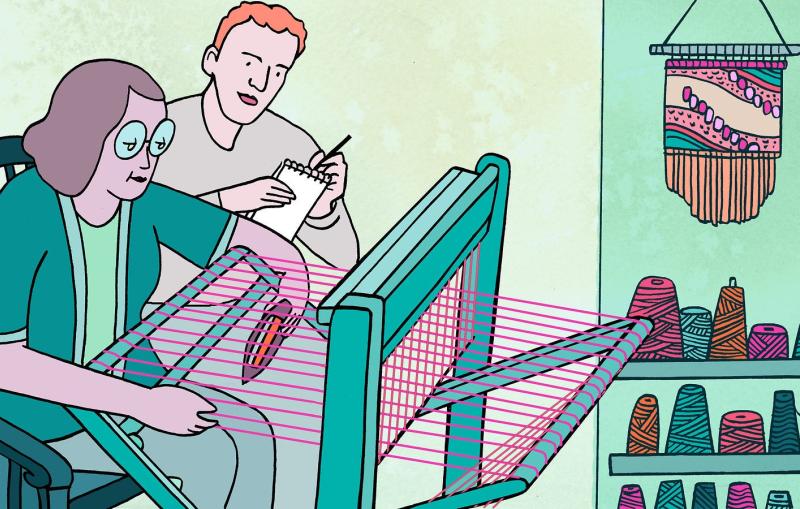
News Feature
VIA Berkeley Lab
Scientists Narrow Down the Search for Dark Photons Using Decade-Old Particle Collider Data
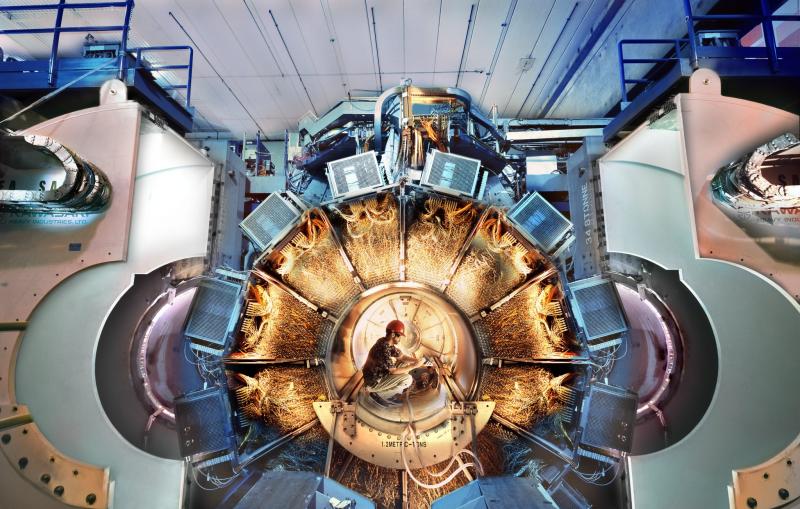
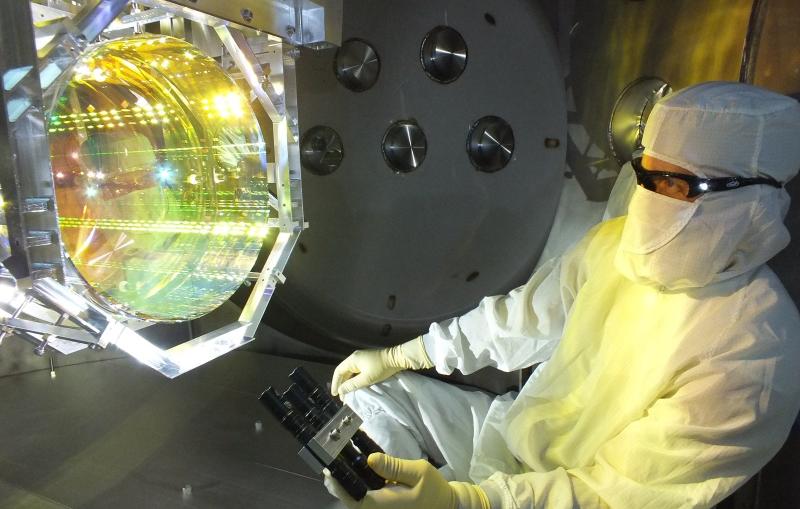
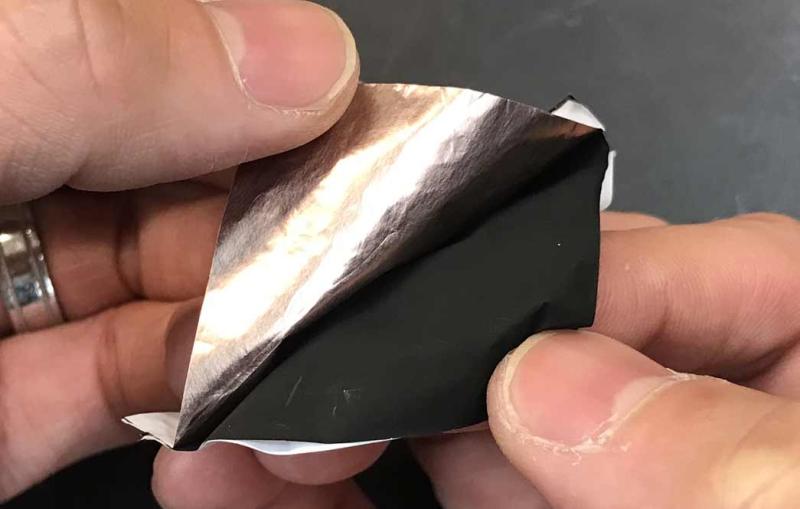
News Feature
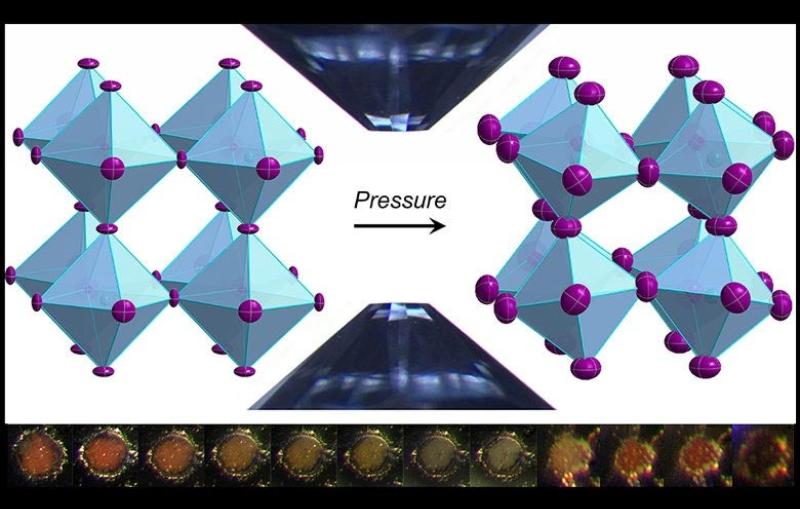
VIA Symmetry Magazine
Art Draws Out the Beauty of Physics

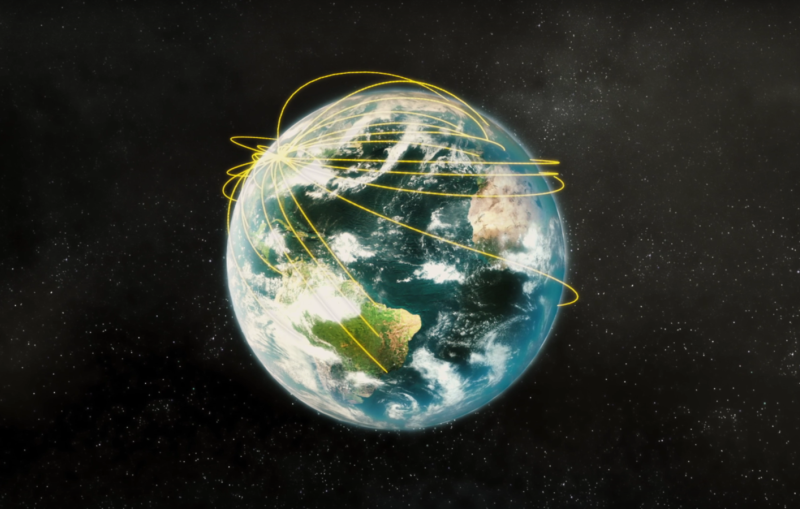
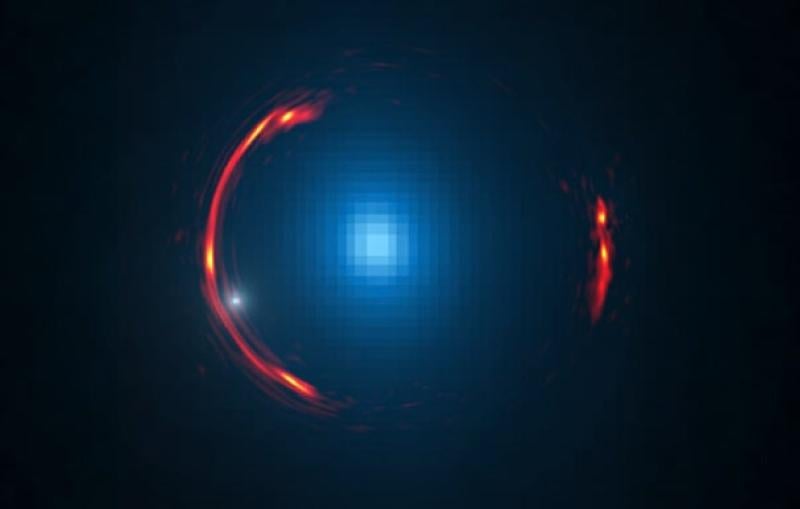
News Feature
VIA Stanford News
SIMES Engineers Look Inside Nanoparticles to Explore How Their Shape Improves Energy Storage
